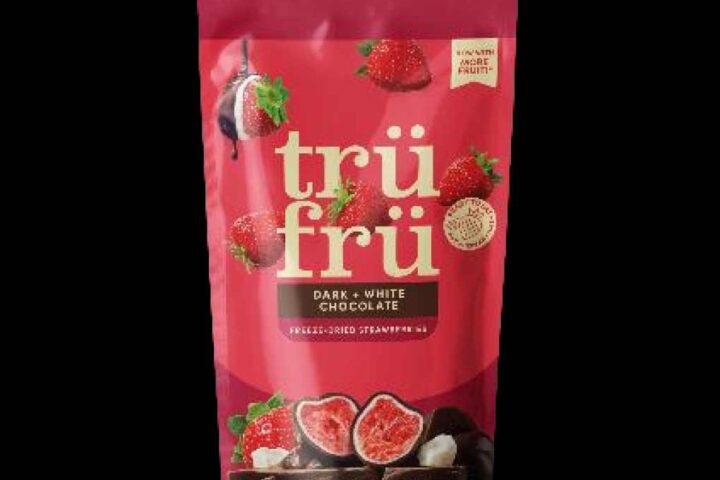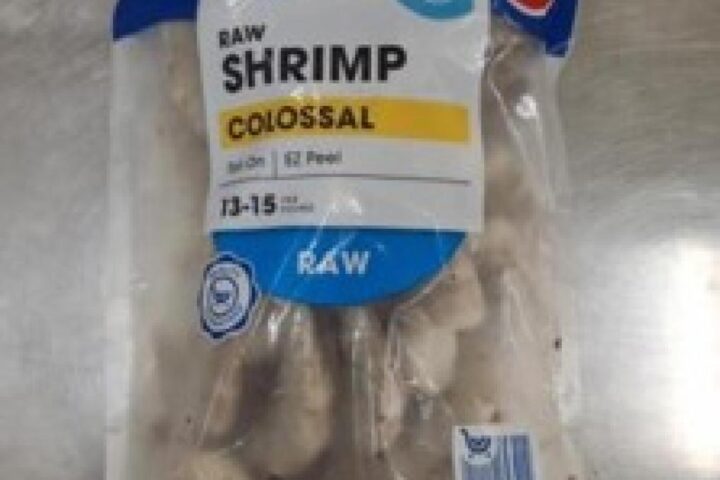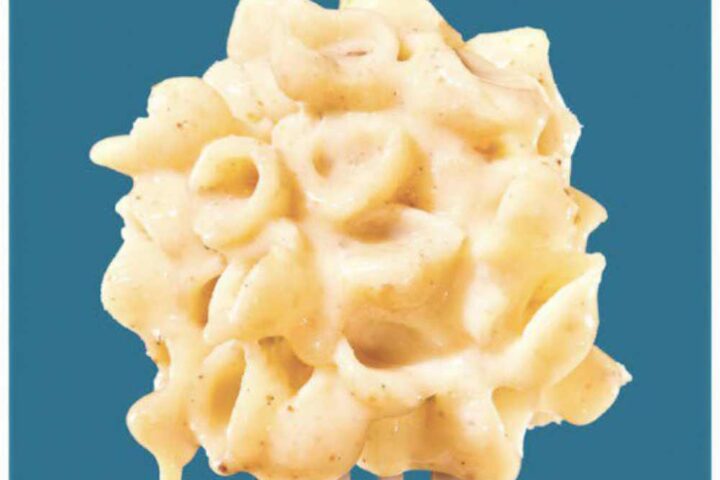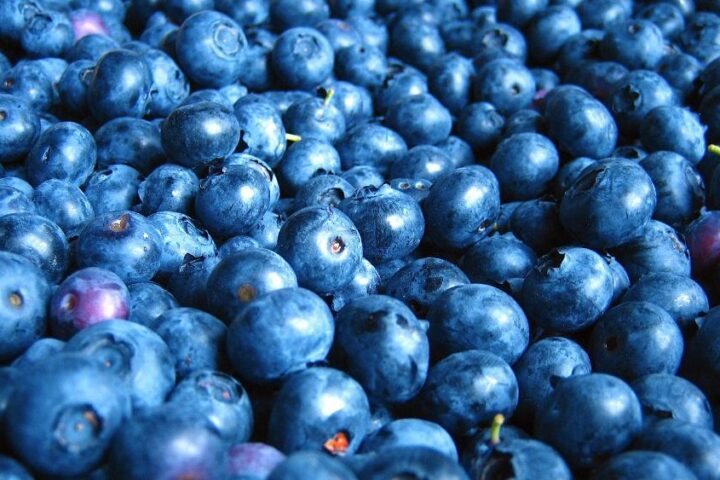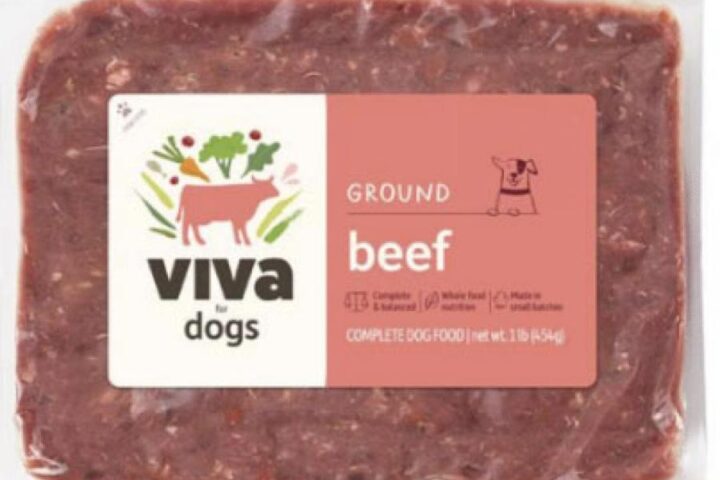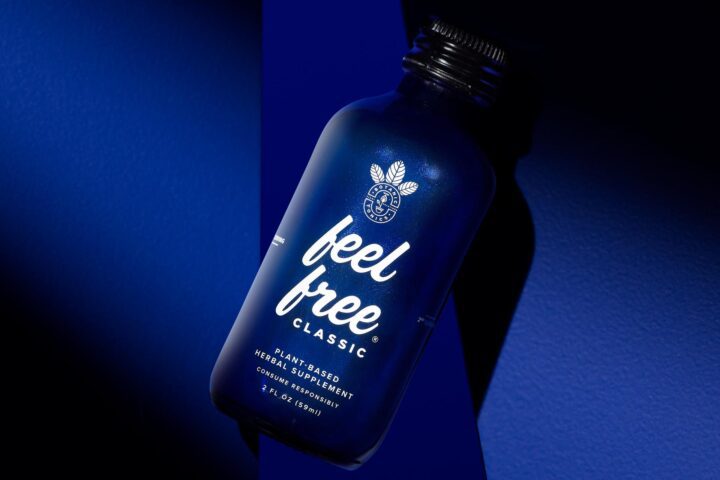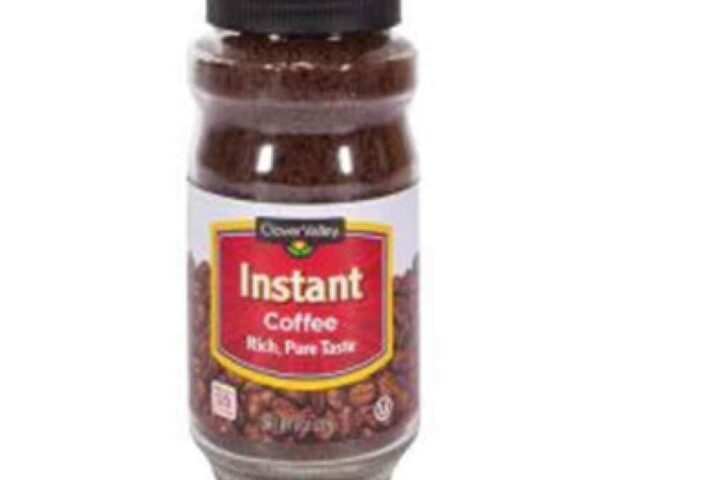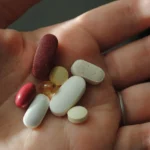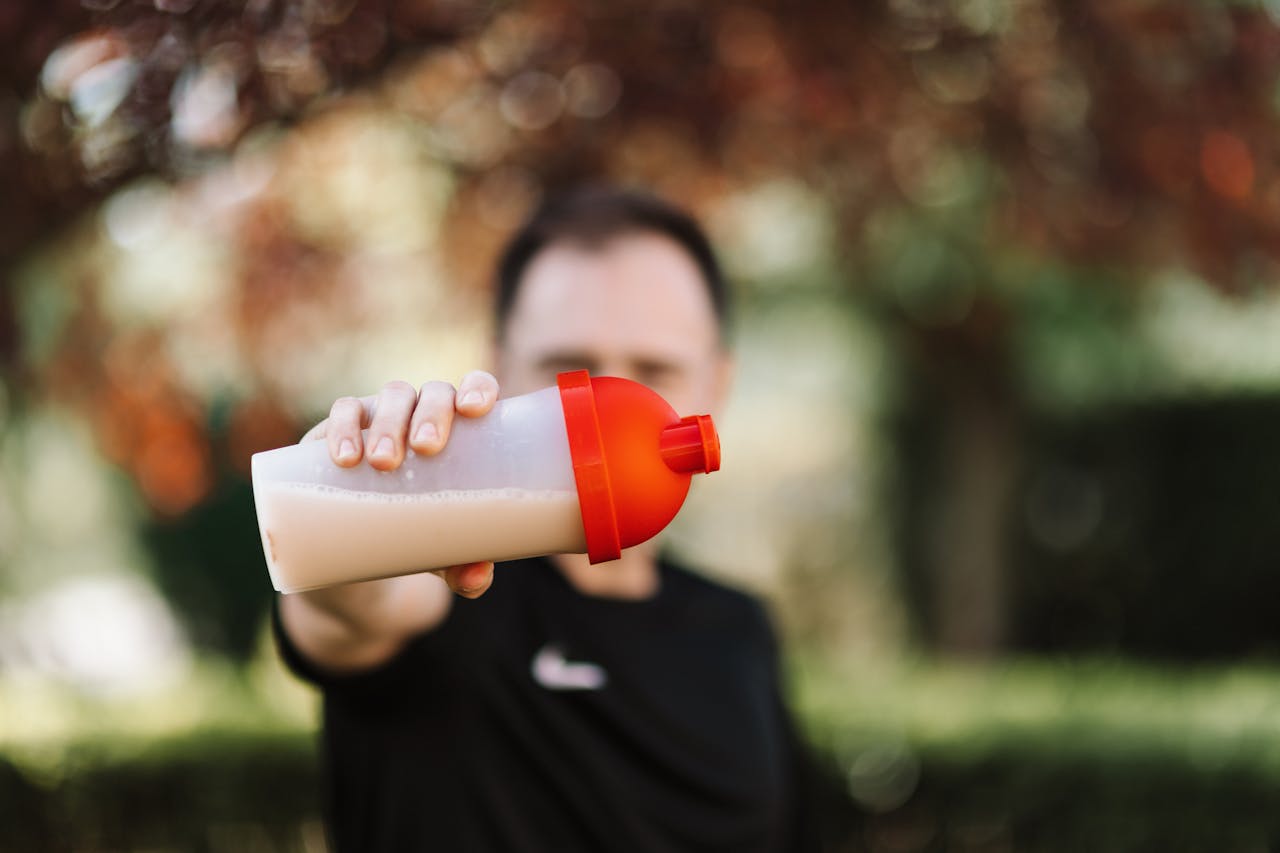
Protein Powders: Quick Lead Check & Safe‑Use Guide
Short, factual, and interactive. Statements reflect testing results, company comments, and reference limits from standards bodies.
What this tool covers
A recent testing project evaluated 23 protein powders and ready‑to‑drink shakes for heavy metals. Several single‑serving values exceeded a cautionary daily reference for lead of 0.5 µg/day. Reference points from the U.S. Food and Drug Administration include interim levels of concern of 2.2 µg/day for children and 8.8 µg/day for women of childbearing age. Certification programs reference daily limits such as 10 µg/day (lead) and 4.1 µg/day (cadmium).
Context sources: Consumer Reports testing summary · FDA lead IRLs
Interactive: Per‑Serving Lead Gauge
Select an example entry (from the provided figures) or use the slider to compare a custom per‑serving value against daily reference points.
This is an indicative gauge. Serving sizes and total daily intake differ by product and diet.
Pea protein & soil context
A supplier change to North American pea protein was noted as relevant because heavy‑metal content in plant proteins can reflect local soil conditions.
60‑second check
Answer two simple questions to understand the gauge:
PPB context
Values like 61 ppb or 15 ppb describe concentration. Converting ppb to total µg per serving depends on serving mass or volume. Drinking‑water references in the U.S. use thresholds between 10–15 ppb in rules and proposals; the goal (MCLG) is 0.
Related reading on Karmactive
Summary
Lead values cited for selected products, daily reference points, and selected company statements were presented. The gauge provides a quick comparison against common daily references.







